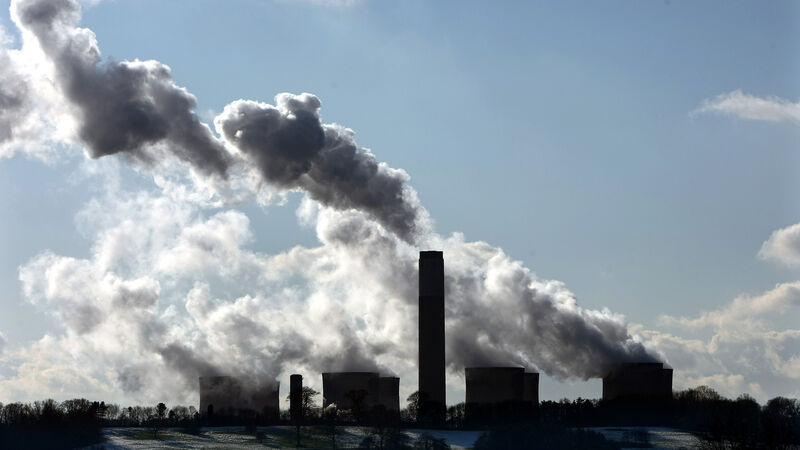Another bump upward in annual carbon emissions as new heat records set

This year the world is on track to put 41.2 billion tons of the main heat-trapping gas into the atmosphere.
Try from €1.50 / week
SUBSCRIBE
This year the world is on track to put 41.2 billion tons of the main heat-trapping gas into the atmosphere.
Even as Earth sets new heat records, humanity this year is pumping 330 million tons more carbon dioxide into the air by burning fossil fuels than it did last year.
This year the world is on track to put 41.2 billion tons of the main heat-trapping gas into the atmosphere.
Already a subscriber? Sign in
You have reached your article limit.
Annual €130 €80
Best value
Monthly €12€6 / month
Introductory offers for new customers. Annual billed once for first year. Renews at €130. Monthly initial discount (first 3 months) billed monthly, then €12 a month. Ts&Cs apply.
CONNECT WITH US TODAY
Be the first to know the latest news and updates
Newsletter
Sign up to the best reads of the week from irishexaminer.com selected just for you.
Newsletter
Keep up with stories of the day with our lunchtime news wrap and important breaking news alerts.
Newsletter
Sign up to the best reads of the week from irishexaminer.com selected just for you.
Thursday, January 8, 2026 - 8:00 PM
Thursday, January 8, 2026 - 10:00 PM
Thursday, January 8, 2026 - 7:00 PM
© Examiner Echo Group Limited